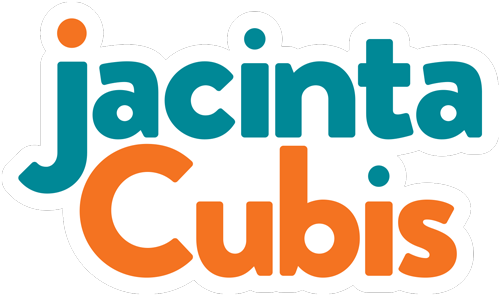No kitchen rules
As a young au pair living in the 17th arrondisement in Paris, I loved watching Madame Vié cook. She seemed to know exactly what went with what. A roast called for peas, cooked slowly in her blue Le Creuset. Chicken called for coq au vin. Only a certain type of cheese was used in an omelette - I never did figure out exactly which.
My cooking flummoxed her. I don’t think she’d ever seen a stir-fry done in her kitchen. ‘Mon dieu!’ Sweet potato and broccoli, or whatever green vegetable was to hand. Peanuts in a salad? And who served fish without sauce! She was relieved to learn that I could follow a recipe when needed.
It struck me recently that I take a similar approach to collaboration and engagement. Max Hardy and I were mulling over the conversations we have when organisations ask us what’s the ‘right’ framework to use to bring about positive change or solve a complex problem.
Sometimes an organisation will talk about the problem or issue with me first, but often I’m asked to implement an approach. So, “X is a challenging problem for our community and we want to use collective impact” or “we need to set up a partnership” to solve it. Whatever the term, they’ve identified that they need to collaborate with others. I think that elements from either approach might work really well together. It depends on the context.
A blend of other frameworks might help these partners engage with their stakeholders or communities. Accountability is one that provides a comprehensive approach for stakeholders, while IAP2 and Assets Based Community Development, provide different ways to engage communities (thanks to the crew at the Jeder Institute for sharing their knowledge of the latter).
Once, an exasperated manager told me that the executive team wanted her to update their corporate responsibility strategy with a shared value approach. One in the same? Or are there elements from both that could be useful to investigate? Either way, the Australian Centre for Corporate Social Responsibility and the Shared Value Project are my first ports of call for the latest thinking in Australia.
It’s not one or the other, ‘either or’. Nor is it ‘chacun à son goût’. Frameworks are built on research and practice – they’ve been proven to work. Back in the kitchen, this means that there’s little point doing your own thing like combining Greek grilled haloumi with Asian slaw, if nobody will eat it. Sometimes there’s a recipe (or framework) that fits the bill perfectly – scrambled eggs and chives. Other times, a blend of whatever is in the fridge will work better.
Mme Vié came to appreciate that I could just ‘make do’ with what was in the fridge. In the Paris at the turn of the century, you had to travel to 14th to track down bok choy, gai lan and choy sum. I didn’t always have the time and they were expensive. On the other hand, I learnt from her that following a recipe saved me spontaneous and expensive purchases at the market. Vital when living in Paris on an au pair’s allowance.
Stumbling across the partnering cycle was like finding a great recipe. It gave me a valuable framework with which to build more effective partnerships and to build the capability of teams and colleagues. I had a similar light bulb moment when I first heard about collective impact. One didn’t replace the other. Both inform my practice.
My turn to cook tonight. The context? I’ve got less time than usual, it’s cold, I know my partner probably had hardly anything for lunch…. I’d better see what’s in the fridge.
Talk to me about making an impact with facilitation, partnerships and engagement. Like this blog? Sign up for monthly tips and insights


